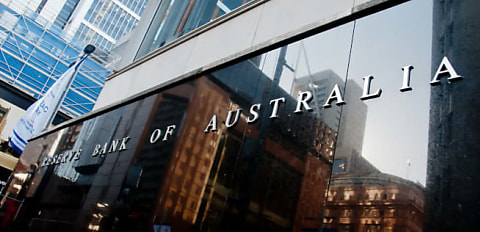The Reserve Bank of Australia (RBA) has released its half-yearly Stability Review, revealing the impact that interest rate rises has had, and will have, on fixed-rate borrowers.
According to the review, released on Friday (6 October), around 40 per cent of mortgages were fixed-rate loans between March 2020 and January 2022, when the cash rate was at its record-low rate of 0.10 per cent.
Approximately 45 per cent of fixed-rate loans (by value) had rolled off onto higher interest rates by July 2023, with the vast majority of these borrowers opting for variable-rate loans.
Around 10 per cent of fixed-rate borrowers faced an increase in their mortgage payments of more than 60 per cent (as at July 2023), according to the central bank, as a result of the cash rate having risen to 4.1 per cent.
Moreover, the RBA has estimated that around 14 per cent of current fixed-rate borrowers are expected to face an increase in mortgage payments of more than 60 per cent when they roll off, based on variable rates as at July 2023.
“This in part reflects that a larger share of these loans were originated (or refinanced) at very low interest rates during the COVID-19 pandemic compared with fixed-rate loans that have already rolled off,” the RBA review read.
“Nevertheless, the vast majority of fixed-rate borrowers have sufficient income to service these higher loan payments and meet their essential expenses.”
Indeed, the RBA found that – while arrears around borrowers who have transitioned off fixed rates have increased marginally (and are similar to those of other variable-rate borrowers when considered by borrower risk characteristics) – the “vast majority” have “managed the transition to higher interest rates well”.
Arrears rates for borrowers who have transitioned from fixed to variable rates are higher for owner-occupiers than investors, at approximately 0.75 per cent versus 0.30 per cent.
It estimated that around 7 per cent of fixed-rate owner-occupier borrowers have larger costs than income after rolling off their fixed rates (based on their required mortgage payments and essential spending rise when compared to baseline living expenses from the Household Expenditure Measure).
This estimated share increases to around 18 per cent when using a broader measure of expenses.
However, the RBA flagged that the majority of current fixed-rate borrowers are estimated to have sufficient income to continue meeting their obligations after moving onto higher mortgage payments.
It suggested this was because the majority had large savings buffers as a result of having “benefited from lower interest rates during their fixed-rate period and accumulated material savings buffers over that time (and in some cases, added to their existing savings”).
The central bank estimated that around two-thirds of these borrowers have “liquid savings” equivalent to at least 12 months of scheduled mortgage payments (comparable to the savings of variable-rate owner-occupier borrowers).
Less than 20 per cent of borrowers will roll off with less than three months of scheduled mortgage payments in savings.
The RBA Stability Review also found that payments on variable rate loans had increased by between 30 per cent and 50 per cent, depending on when the loan was originated.
It estimated that, in July 2023, between 5 and 13 per cent of variable-rate owner-occupiers were paying more on their essential expenses and mortgage costs than they received in income.
If using the baseline Household Expenditure Measure (HEM) of essential expenses, the figure is 5 per cent (up from 1 per cent in April 2022). But, if using a broader HEM measure of expenses – which includes items that are more discretionary in nature but difficult to adjust (such as private health insurance and private school fees – this rose to 13 per cent (up from 3 per cent in April 2022).
[Related: RBA notes mortgage pressures, but suggests no systemic risk]
